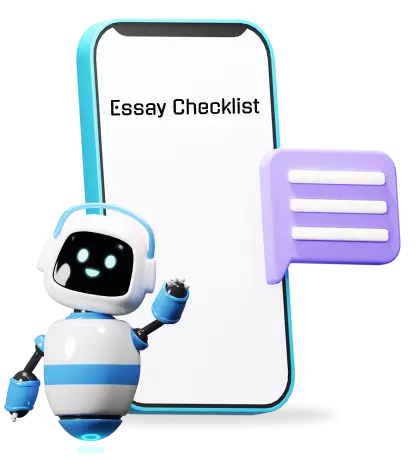🔥 First Order Is Free ( View Details )

13 min read
Published on: May 1, 2023
Last updated on: May 4, 2023
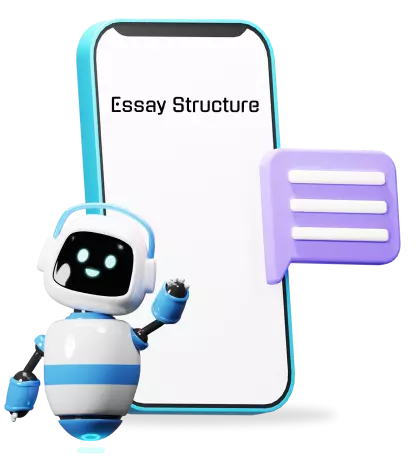
Are you struggling with writing essays that have perfect clarity, coherence, and organization?
As a student, understanding essay structure is essential for academic success. Learning how to organize your arguments makes a significant difference in the quality of your essays.
In this guide, we will explore the art of essay structure. We will provide practical tips and techniques to create well-structured essays that leave a lasting impression on your readers.
So, let's dive in and unlock the secrets of mastering essay structure!
An essay is a written piece of work that presents an argument or conveys information on a specific topic. It is a common form of assessment in academic writing, and essay structure is essential for writing an essay perfectly.
Essay structure refers to the organization of ideas in an essay, including the introduction, body paragraphs, and conclusion. It provides a framework for presenting thoughts and arguments in a logical and coherent manner.
So why is it important to structure your essay?
Having a well-structured essay is like having a solid foundation for a building. It provides the necessary framework for presenting your ideas in a coherent manner. Proper essay structure enhances readability, clarity, and coherence, making the essay enjoyable to read.
The basic essay structure regardless of the type of essay you are writing, typically consists of three main parts:
Each of these components plays a critical role in the overall structure and effectiveness of the essay.
Let’s take a look at these parts included in the essay outline.
The introduction is a critical part of an essay. It sets the tone for the rest of the paper and provides the first impression to the reader.
It consists of several elements that work together to create a compelling opening for the essay.
Let's take a look at the components of the essay introduction:
Here are some tips for writing an effective introduction:
Here's an example of an introduction:
Hook: "The French Revolution was one of the most significant events in modern history, with far-reaching consequences that are still felt today."
Background information: "Beginning in 1789, the French Revolution was a period of radical social and political upheaval that resulted in the overthrow of the monarchy, the establishment of a republic, and the execution of King Louis XVI."
Thesis statement: "In this essay, I will argue that the French Revolution was a complex series of events that reflected the social, economic, and political tensions of the time."
Preview of main points: "First, I will provide an overview of the social and economic conditions that led to the revolution. Second, I will examine the political causes of the revolution and the role of key figures such as Maximilien Robespierre. Finally, I will explore the impact of the French Revolution on Europe and the world."
Do you want to perfect your introduction? Check out this video to learn with a worksheet.
The body paragraphs are the main sections of the essay. It is where the writer presents their arguments, evidence, and supporting details to support their thesis statement. These paragraphs should be organized to ensure clarity and coherence in the essay.
Let's break down the essential components of a body paragraph:
Here are some tips to develop body paragraphs:
Here's an example of a good body paragraph:
Topic sentence: "One key factor in the success of a business is effective financial management."
Supporting evidence: "According to a study by the Small Business Administration, 82% of small businesses fail due to cash flow problems."
Explanation of evidence: "This statistic highlights the importance of maintaining a positive cash flow and managing finances effectively. By keeping track of expenses and revenues, businesses can make informed decisions and avoid running into financial difficulties."
Counterargument: "Some may argue that other factors, such as marketing or product development, are more important for the success of a business. However, without proper financial management, even the best marketing strategies and products can't sustain a business in the long run."
Relevance to thesis: "Therefore, it is crucial for entrepreneurs to prioritize financial management in their business strategy, as it can make the difference between success and failure."
Need To Write An Essay In Record Time? Let Our Paragraph Generator Help You!
The conclusion is important for the essay structure. It summarizes key points and provides closure. It shouldn't repeat the introduction. It leaves an impression on the reader.
Here are the components of a strong essay conclusion:
Here are some helpful hints for crafting an effective conclusion.
I. Restate thesis: In conclusion, education is a powerful tool that has a significant impact on individuals and society.
II. Summarize main points: We have explored the ways in which education affects personal growth, career opportunities, and social mobility.
III. Highlight significance: Education has the ability to transform lives and create a more prosperous and equitable society.
IV. Call to action (optional): It is important that we continue to invest in education and ensure that it is accessible to all. By doing so, we can create a better future for ourselves and future generations.
The table presented below provides a summary of the key components of an essay's structure.
| Component | Description | Purpose |
| Introduction | The opening section of the essay | Grabs the reader's attention Provides background information on the topic Presents a clear thesis statement that outlines the main argument or point of view |
| Body Paragraphs | The main section of the essay | Provides supporting evidence and arguments for the thesis statement Presents main points or ideas in a coherent and logical manner Provides evidence, examples, or explanations to support the main points |
| Conclusion | The final section of the essay | Summarizes the main points discussed in the body paragraphs Restates the thesis statement in a different way Provides a sense of closure to the essay |
When writing an essay, it's important to consider the order in which you present your information.
Here are some guidelines to help you structure your essay effectively:
The three common organizational templates for essays are:
This method is useful for writing about events or processes that occur over time. You can present your information in chronological order, either forwards or backward.
Template:
I. Introduction
II. Background information
III. Chronological order of events/process
IV. Conclusion
This method is useful for comparing and contrasting two or more things. You can present your information either by comparing or by contrasting the similarities and differences.
Template:
I. Introduction
II. Background information
III. Comparison/Contrast of Topic A and Topic B
IV. Comparison/Contrast of Topic A and Topic C
V. Comparison/Contrast of Topic B and Topic C
VI. Conclusion
This method is useful for discussing problems and proposing solutions. You can present your information by describing the problem and the proposed solutions.
Template:
I. Introduction
II. Background information
III. Description of the problem
IV. Methods used to address the problem
V. Proposed solutions
VI. Conclusion
Using these organizational templates can help you structure your essay effectively and make your argument more convincing.
Below are some essay structure examples in downloadable PDF format.
To make your essay truly shine, it's important to fine-tune its structure. Follow these steps for a polished and engaging essay:
Review overall organization and flow
Check if your ideas are logically organized and flow smoothly from one paragraph to another.
Ensure paragraph unity and coherence
Each paragraph should have a clear topic sentence and logically connected sentences that support the main idea.
Check for consistency in tone and style
Keep a consistent tone and style throughout your essay for a cohesive reading experience.
Proofread for grammar and punctuation errors
Eliminate mistakes that can impact readability and credibility.
Seek feedback from peers or instructors
Get outside perspectives for valuable insights and suggestions.
Don't fall into these common traps when it comes to essay structure:
Expert Tip
Check out our blog on common mistakes to avoid in essay writing to craft a perfect essay!
Wrapping Up!
Having a well-structured essay is crucial for any writer who wants to effectively communicate their ideas. By following the tips outlined in this blog, you can create a more coherent piece of writing.
We hope that this blog has provided you with valuable insights into how to structure your essays.
However, if you still find it challenging to structure your essay, don't worry, PerfectEssayWriter.ai is here to help you. With our AI essay writer with citations, you can create exceptional essays in no time. So what are you waiting for? Give it a try today.
Unlock your writing potential with our AI essay writer tool and breeze through your assignments effortlessly.
The number of paragraphs in an essay can vary depending on the type and length of the assignment. However, as a general guideline, most essays should have between three and five paragraphs in the body section.
For smooth transitions, use transition words that connect the ideas in the previous paragraph to those in the next one. For example, “additionally”, “likewise”, “however”, “therefore” etc.

WRITTEN BY
Cathy A. (Mass Communication, Education)
Cathy is a highly dedicated author who has been writing for the platform for over five years. With a Master's degree in Mass Communication, she is well-versed in various forms of writing such as articles, press releases, blog posts, and whitepapers. As an essay writing guide author at PerfectEssayWriter.ai, she has been helping students and professionals improve their writing skills by offering practical tips on research, citation, sentence structure, and style.
Cathy is a highly dedicated author who has been writing for the platform for over five years. With a Master's degree in Mass Communication, she is well-versed in various forms of writing such as articles, press releases, blog posts, and whitepapers. As an essay writing guide author at PerfectEssayWriter.ai, she has been helping students and professionals improve their writing skills by offering practical tips on research, citation, sentence structure, and style.
On This Page On This Page
Share this article
Essay Topics
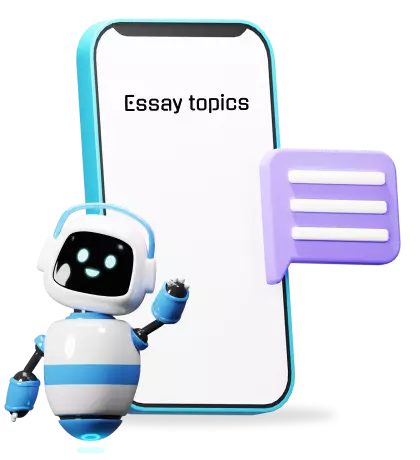
Essay Outline
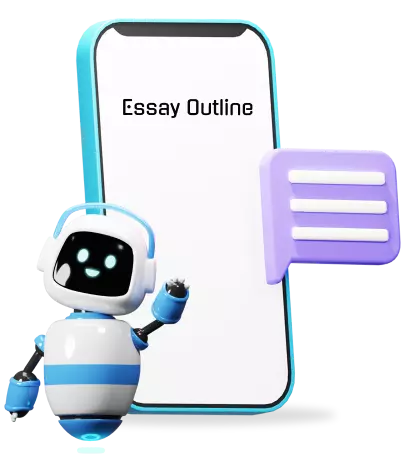
Essay Introduction
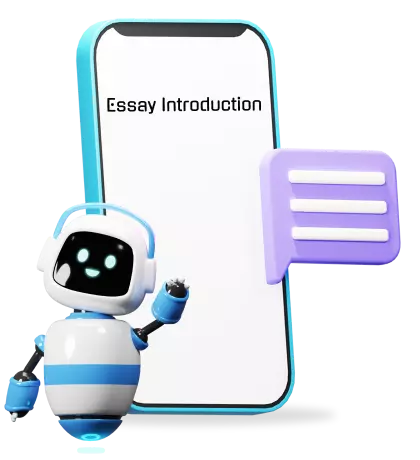
Thesis Statement
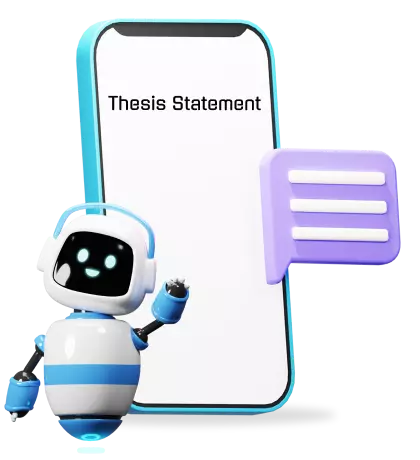
Thesis Statement Example
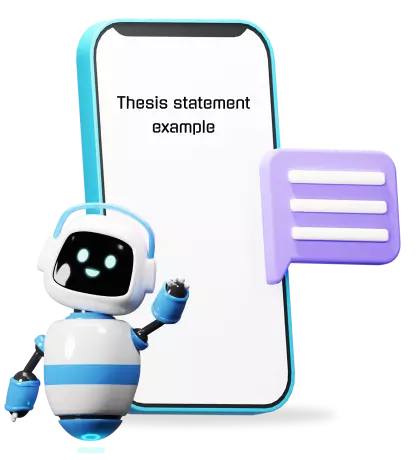
How To Write A Body Paragraph
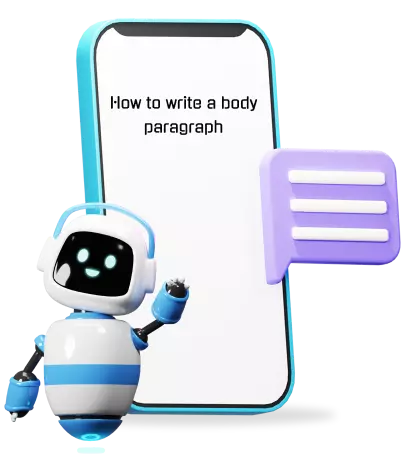
How To Conclude An Essay
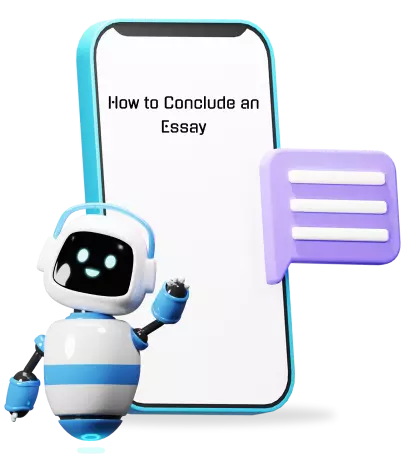
How to Revise an Essay
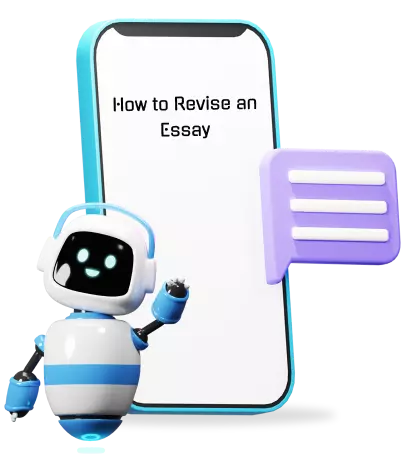
Essay Examples
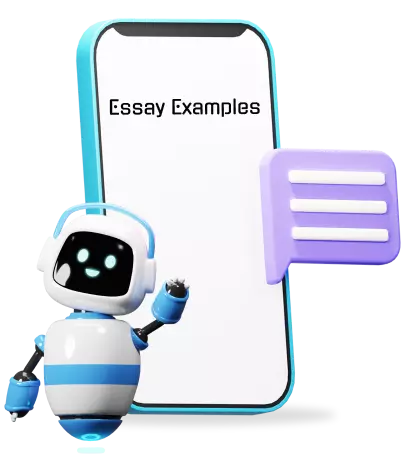
Types of essays
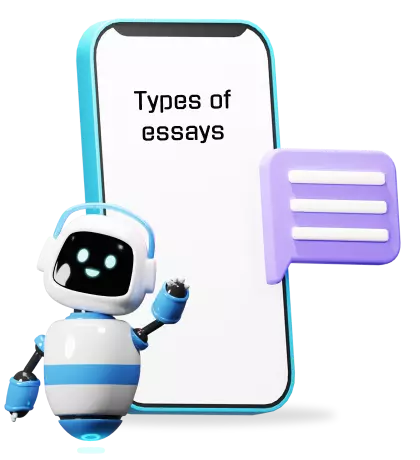
How Long is an Essay
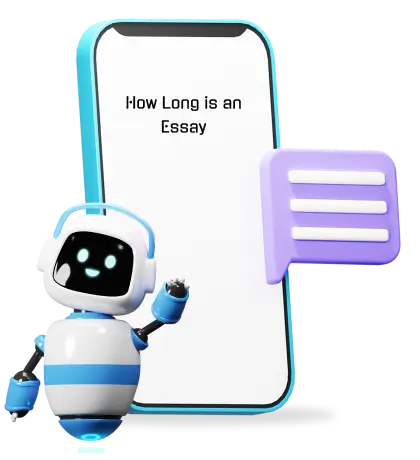
Essay Checklist
